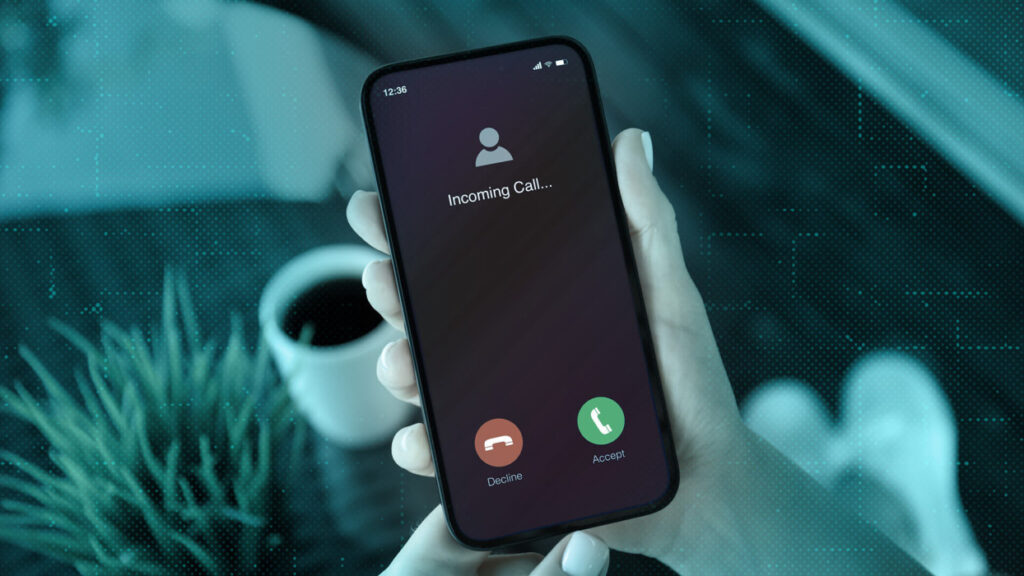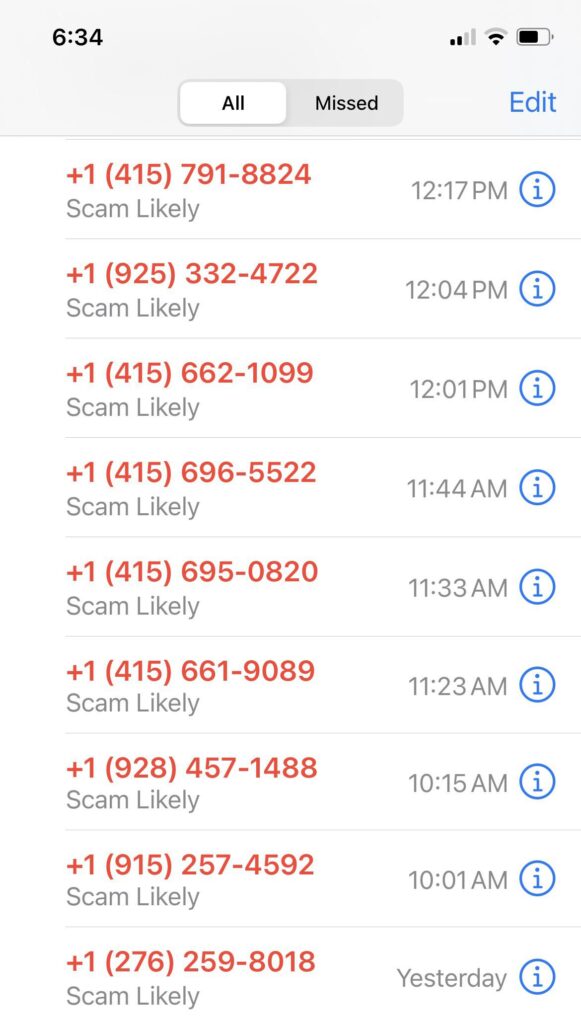



Tired of dodging all those ‘Scam Likely’ calls? Here’s what’s behind the label and how to stay one step ahead of phone scammers.

Despite all the wonders of modern technology, it is often the old ways that we rely on most. That’s certainly true of communications. We may have email, video conferencing, text, social media and end-to-end encrypted instant messages to choose from, but some of us may still prefer the good old-fashioned voice.
Yet scammers know this, and they know that we may be most vulnerable when we’re speaking to someone. Humans are pre-programmed to believe the stories they’re told. Plus, voice is instant, giving us less time to consider our response and more opportunity for the scammer (possibly even when they’re a robocaller) to apply classic social engineering techniques.
What does all of this mean? That we need to get better at managing dodgy phone calls.
You may have come across a “scam likely” label or similar on some incoming calls. As the moniker suggests, this means your carrier suspects the person (or bot) at the other end of the line has nefarious intent. Other similar labels may say things like “suspected scam,” “potential spam” or “potential fraud”.
Phone companies have various means at their disposal to assess the likelihood that a call is a scam or spam. These include customer reports, and network analytics – for example, identifying if a number makes multiple calls to people on a Do Not Call List, in quick succession. VoIP calls may also be a red flag. Most operators will then compile these “scam likely” numbers into a database to check against.

One thing is certain, you should probably heed the warning. Research reveals that global phone fraud and spam reached an all-time high last year. Some 28% of unknown calls were fraud or spam in 2023, with 16% of consumers losing money. Although this figure is down from 22% in 2022, average losses rocketed by 527% annually to $2,257.
Even if you are on a Do Not Call list or similar, scammers can still get hold of your number. They could:
While 16% of global consumers reported losing money to phone scams in 2023, the figure is even higher in some countries like Germany (19%) and France (18%). It’s also costing victims in wasted time. Consumers claim they spend nine minutes per week – nearly eight hours each year, screening nuisance calls.
There are several parties that may be responsible for scam phone calls: telemarketers who make the calls, “lead generators” who collect and provide them with numbers, and VoIP companies who facilitate illegal automated calls known as robocalls.
You might encounter any of the following:
The simplest way to insulate yourself from scam calls is to heed the warning label provided by your carrier. You can use the same tactic for any unknown number. After all, if it is a legitimate caller, they will likely leave a voicemail message. However, it can be a tedious business screening large volumes of potential spam/scam calls. Other tactics could include:
It goes without saying that you should never hand out personal or financial information over the phone, or allow someone to remotely download software to your computer.
It was predicted last year that the cost of fraudulent robocalls to victims would increase 9% annually to reach $58bn globally in 2023. That should make it a matter of priority for governments to deal with. In the US, the regulator has in recent years issued multimillion-dollar fines against robocall firms, VoIP providers and scam companies.
However, despite the potentially major penalties for scammers, the rewards are often too large to resist. For that reason, it’s best to take matters into your own hands, and consider rethinking how you treat nuisance phone calls.